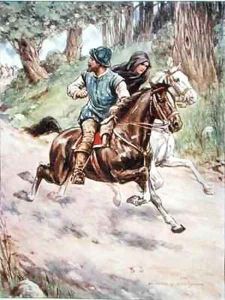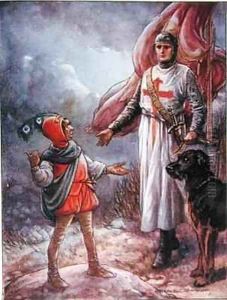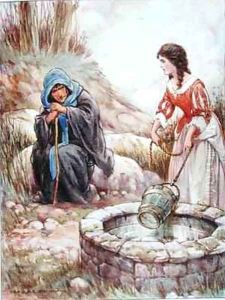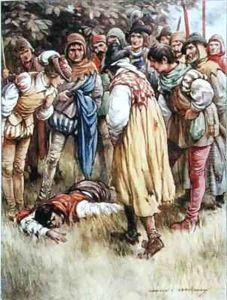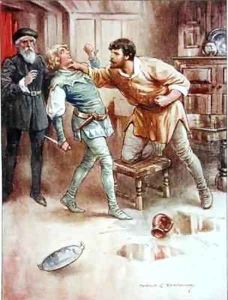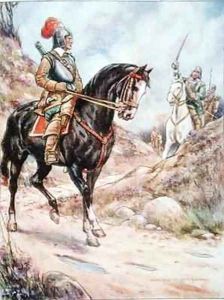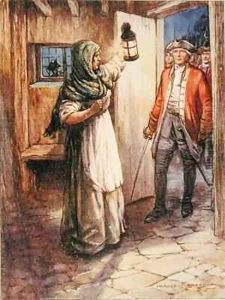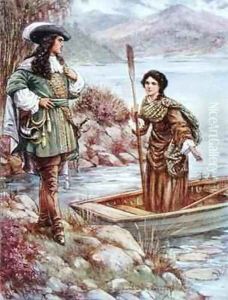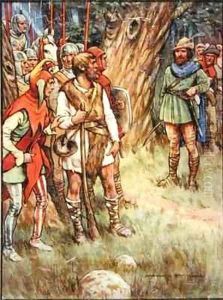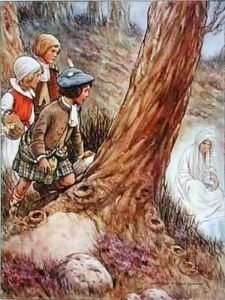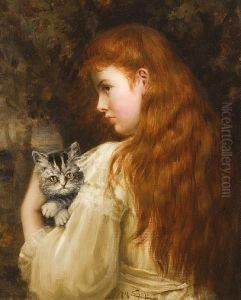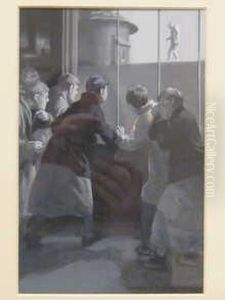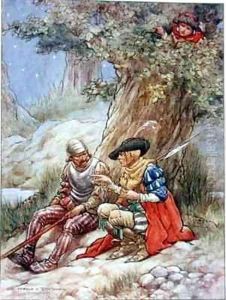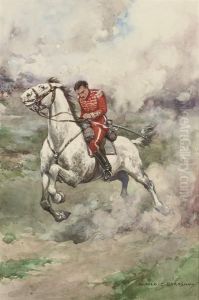Harold C. Earnshaw Paintings
Harold C. Earnshaw was an English artist and illustrator born in 1886. He was known for his contributions to children's literature and his work in various publications during the early 20th century. Earnshaw's illustrations often captured the innocence and whimsy of childhood, making him a popular choice for children's books of the time.
Earnshaw studied art at the Clapham School of Art and later at the Royal Academy Schools. His education provided him with a solid foundation in traditional art techniques, which he applied to his illustration work. He began his career by contributing to magazines and periodicals, which was a common way for artists to gain exposure and earn a living during that era.
Throughout his career, Earnshaw worked on numerous books, providing enchanting illustrations that complemented the stories. His style was characterized by its clear lines, vibrant colors, and the ability to convey movement and expression. He had a particular talent for creating images that appealed to children, filled with imagination and playful characters.
In addition to his work in children's literature, Harold C. Earnshaw also served in the First World War, which impacted his life and work. After the war, he resumed his career as an illustrator, adapting to the changes in publishing and public taste. Despite the challenges of the post-war period, Earnshaw continued to work until his untimely death in 1937.
Harold C. Earnshaw left behind a legacy of delightful illustrations that continue to capture the hearts of readers. His work remains a testament to the charm and appeal of early 20th-century illustration, embodying the spirit of an era that valued the art of storytelling through images. Although not as widely known today as some of his contemporaries, Earnshaw's contributions to the field of illustration have preserved his place in the history of British art.
